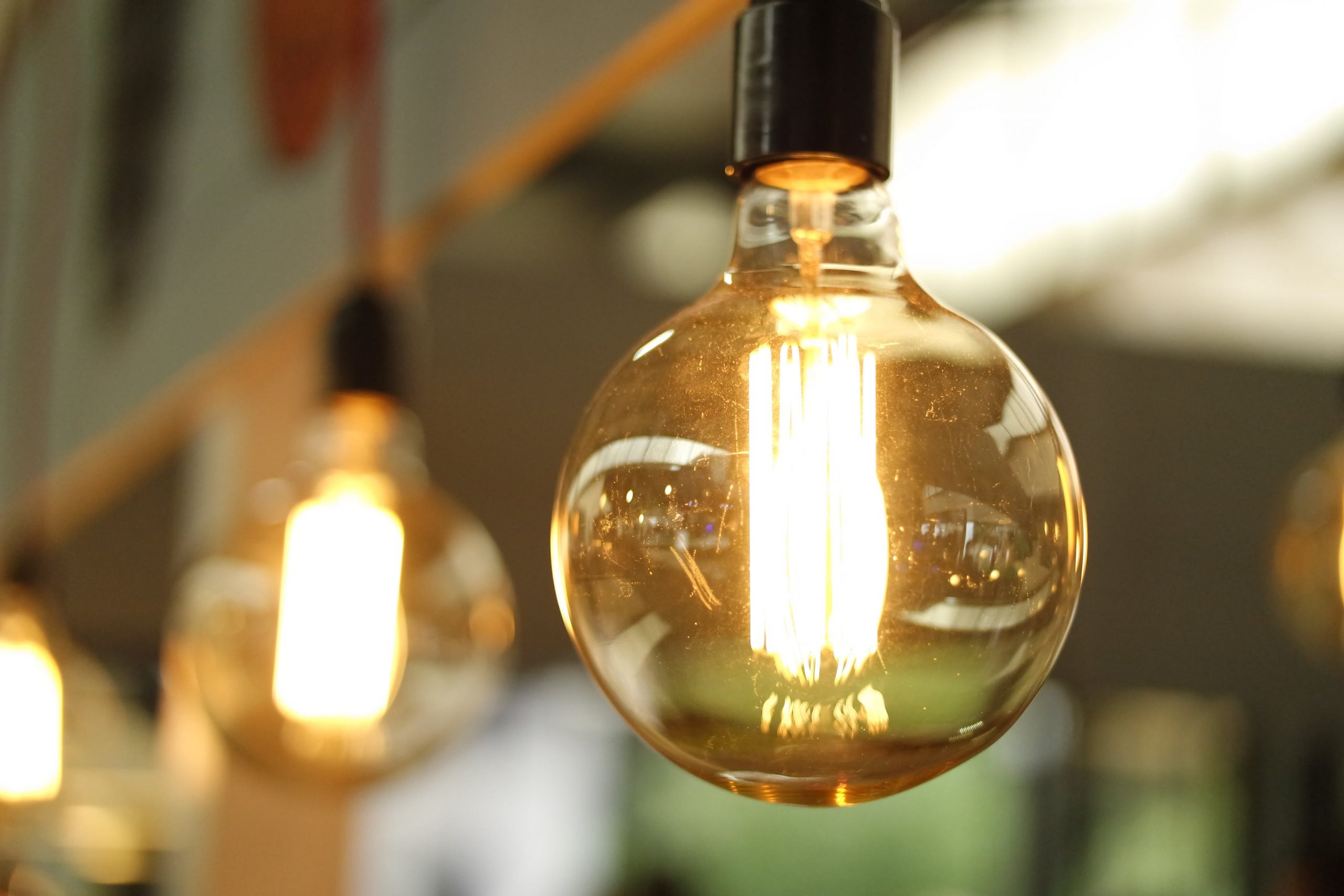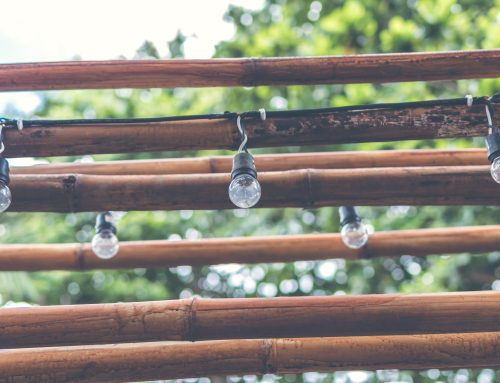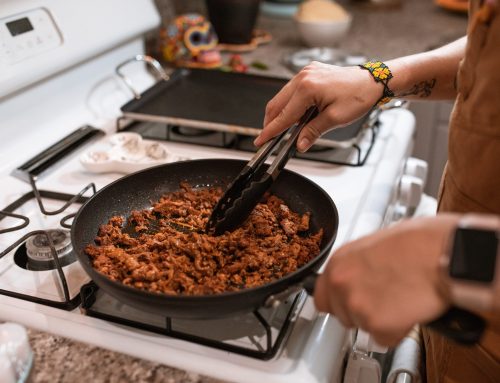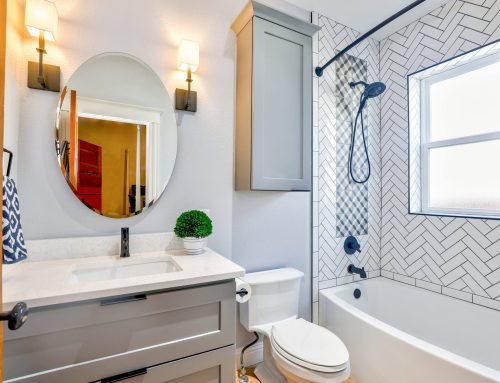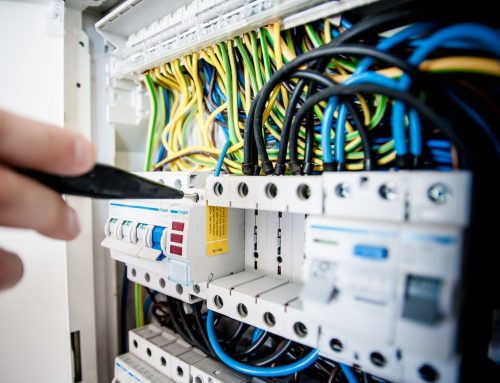Does anyone else get confused when a light bulb goes out and you are not sure exactly what to replace it with? You are not alone. When you walk into the light bulb section at any hardware or department store, there are so many options. What wattage is appropriate? Does the color matter? Are the twisty bulbs better? These may be questions that have gone through your mind. Stick with us as we explain the main aspects of identifying the right light bulb for your needs. The main categories to focus on are: voltage, wattage, base, and shape. Other categories that will help you decide are: lumens and color temperature.
Where To Start?
Voltage
The most common voltage for lighting fixtures is 120 volts (120V). This is the standard for most light fixtures. The other most common option is if you have a low-voltage lighting fixture. Low voltage fixtures require a 12 volt (12V) bulb. Low voltage fixtures are more energy efficient and are often used in outdoor and landscape lighting.
While the 120V and 12V are the most common, there are other options for voltage. The rule to follow is to match the voltage of the bulb to the voltage of the lighting fixture. This is crucial to the success of replacing a light bulb.
Wattage
Wattage represents the amount of energy used by a light bulb or lamp. Using a lower wattage than the light fixture recommends is fine, but it will result in less light being emitted. Using a higher wattage will ruin your fixture, so if you go one way, make sure you choose a lower wattage. The best way to avoid issues is to follow the wattage that your light fixture recommends. 
Bulb Base and Shape
Base: The bulb base is necessary to match or your light bulb will not fit in the socket. Light bulbs should always go into a light socket easily; they should not be forced. To find out the size of the base needed for your fixture, you can measure the width of your base in mm. The number you get is the size of the base you need.
Shape: You want to ensure that the shape of the bulb is functional for where it is going. There are many to choose from and if you get the voltage, wattage, and base correct, shape is almost all cosmetic. One way to know how to match your current bulb shape is to measure the diameter in inches and multiply it by 8 to get the size of your bulb. This works for almost all bulbs except for some decorative bulbs.
More to Consider
Lumens
Lumens measure the amount of light produced by a bulb. The more lumens in that the light bulb produces, the brighter the light. In lighting, this becomes especially important when looking at LED lighting because the wattage and lumens have changed so much in the past five years. When picking lumens for a bulb, consider the space you are placing the bulb and how much light output you would like to have.
Color Temperature
The color temperature is referring to how harsh you want the light to be. Some bulbs are very bright and white making them higher in degrees of Kelvin, while others are more yellowish in tone and less harsh on the eyes. See the graphic below for what different degrees of color temperature will produce to the human eye.
https://well-lit.co.uk/kb/understanding-colour-temperature/
Picking the correct light bulb can sometimes be overwhelming. As long as you match the voltage, wattage, and base, the rest is pretty much a personal choice. Don’t get too overwhelmed and use these tips to help you navigate the sometimes daunting light bulb aisle.



